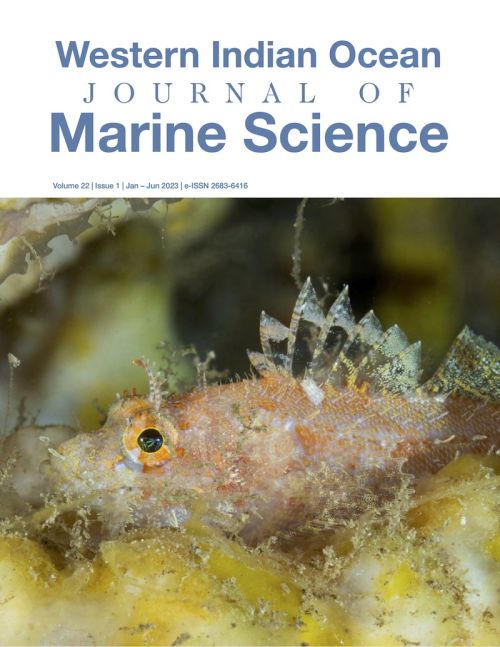Main Article Content
Antibacterial activity against Salmonella typhi and phytochemical screening of seven seagrass species from the coast of Tanzania
Abstract
Seagrasses in Tanzania have traditionally been used as a remedy against various diseases including stomach problems. This study determined antibacterial activities and phytochemical composition of seven seagrass species against Salmonella typhi, a causative agent of typhoid fever. Crude extracts were obtained using methanol, dichloromethane and hexane solvents. All extracts showed antimicrobial activities against S. typhi. Hexane extracts showed highest activities with maximum inhibition zone and lowest Minimum Inhibition Concentrations (MIC). The seagrasses Halodule uninervis and Cymodocea serrulata exhibit strong antimicrobial activity against S. typhi, by having the lowest MIC of 0.39 mg/ml. Most extracts were non-toxic, with Cymodocea rotundata having the lowest toxicity level (LC50 = 2521.31 mg/ml) and Thalassia hemprichii the highest (LC50 = 0.038 mg/ml). Seven phytochemical groups, namely alkanoids, saponins, tannis, diterpenes, flavonoids, phenolic and cardiac glycosides were detected. There was no significant difference in antimicrobial activity and phytochemical content between leaves and root extracts. This study established for the first time that seagrasses of Tanzania contain promising antibacterial bioactive compounds against S. typhi. The results corroborate indigenous knowledge and may be useful in the development of novel antibacterial drugs that will help to solve problems of antibiotic resistance among pathogenic bacteria like S. typhi.







